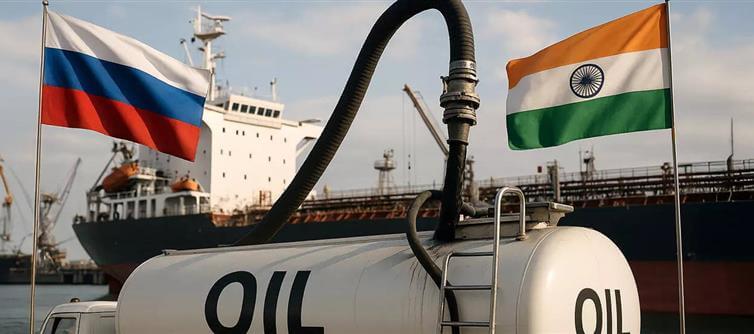
The author highlights that india justifies its reliance on discounted Russian crude due to its massive energy demands, a stance that has irritated the U.S. enough to impose tariffs. However, the central paradox raised is striking: if india is benefiting from this cost-effective oil supply, why are petrol prices continuing to climb rather than decline, as one might logically expect?
This query taps into a broader narrative of economic policy and public welfare, as reflected in the subsequent responses on X. The Kaipullai’s observation suggests that the savings from cheap Russian oil—reportedly purchased below the $60-per-barrel price cap set by Western sanctions, according to The Economist—are not being passed on to consumers. Instead, replies from users like @wthAbhishek and @SageofDharma point to additional factors, such as the blending of ethanol into petrol and government subsidies for social schemes like free rations and Ayushman Bharat. These responses imply that the revenue generated from high fuel prices might be diverted to fund political freebies or bolster the profits of private entities, such as reliance Industries, as hinted by @darklordkk, rather than alleviating the financial burden on the average indian driver.
The tweet’s timing, coinciding with recent U.S. tariff impositions and discussions of a potential 100% secondary tariff threat from President Trump, as noted in a Times of india article from July 18, 2025, adds urgency to the debate. India’s heavy dependence on imported oil—over 85% of its crude needs—makes this a critical issue, especially as refiners diversify supply sources to mitigate risks.




 click and follow Indiaherald WhatsApp channel
click and follow Indiaherald WhatsApp channel